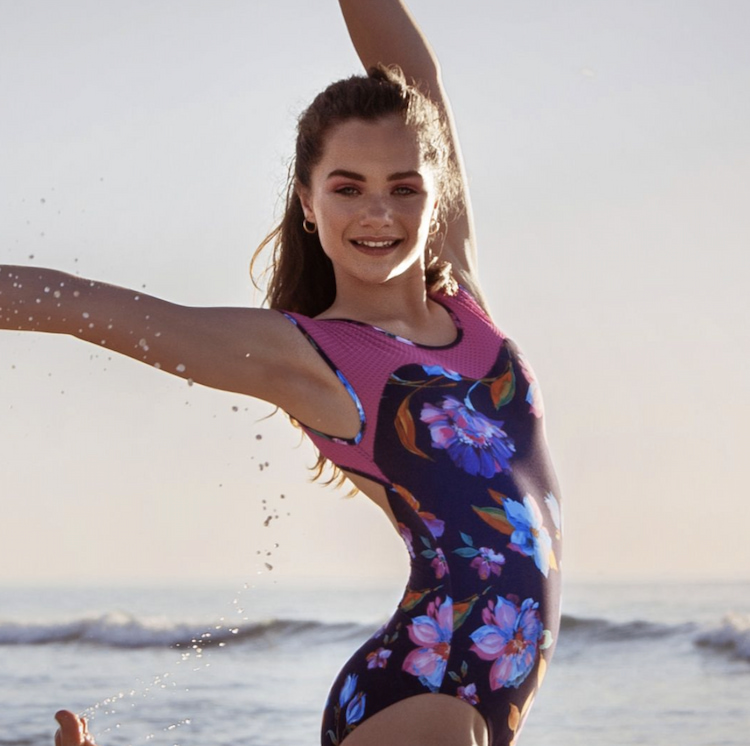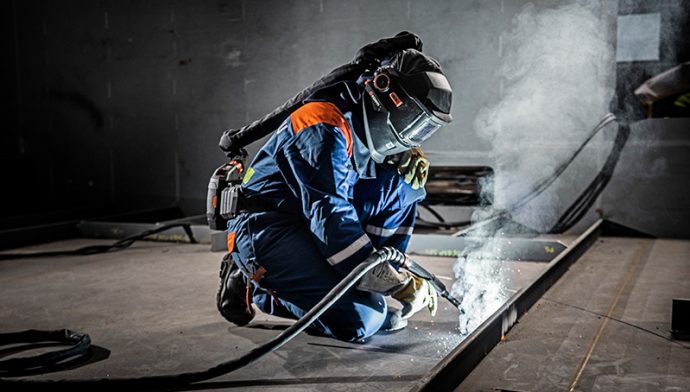
Dancewear 101: Girls’ Ballet Wear Essentials
Your child’s ability to concentrate will improve with regular ballet dance lessons. Children who dance can improve their brains and develop their cognitive skills. Ballet is one of the best methods to let go of pent-up energy, and because it has soothing benefits, it helps kids focus, which improves performance, and also positively impacts other areas of their lives.
Moreover, ballet lessons are excellent for keeping kids in shape because they promote good posture, coordination, and vitality, to mention a few. The courses are relaxing while still offering a full-body workout that engages the body’s core.

Children who attend courses regularly will have a better understanding of their bodies and posture, which will benefit them in all aspects of their daily lives. Practising dance regularly in the proper dance attire is just as important for comfort which leads to better mobility and flexibility.
What are the Ballet Clothing Essentials for a Young Girl?
Leotards
The leotard, which resembles a one-piece swimming suit, is the most fundamental item of clothing for ballet students. Leotards achieve the ideal fit for various body shapes and hug the body in all the right areas, highlighting the ballerina’s subtle grace with their straightforward yet practical design.
They’re commonly available in black or light pink, both of which have a sophisticated look. They may also come in a variety of colours, textures, or designs. To determine the appropriate dress code, it is necessary to first speak with your child’s ballet instructor.
One of the most common dance leotards for girls is the camisole leotard also referred to as spaghetti strap leotards and the lace button-up leotard. The former gives the dancer a simple, pure, and graceful line without distracting embellishments, while the latter is used for formal events such as competitions and performances.

You must be certain that you don’t want to wear a bra underneath if you want to wear a camisole leotard because the bra straps will be visible. You can buy leotards that have a shelf bra liner or other bra-like design elements. You can also buy dance bras, which are supportive like sports bras but have transparent straps, so they won’t be as noticeable under a camisole leotard.
The dance leotards for girls with skirts are a useful piece of dancewear since young dancers are typically trained with skirts to promote proper arm and abdominal use. Because skirts are firmly fastened to the leotard, parents don’t have to worry about their children losing skirts or having them go untied during a class. From preschoolers to seniors, dancers of all ages can wear skirted leotards. They are a very popular option for uniforms at dance schools.
Tights
Wearing breathable tights is essential to enable your little ballerina to easily stretch, bend, jump, and do other wide movements that are essential to ballet. Tights increase flexibility and reduce the possibility of damage by keeping the muscles in the legs warm. The most common kind of ballet tights is the convertible type. These leggings have a foot opening that enables dancers to rapidly change from footed tights to footless shoes.

Ballet tights are thicker than regular tights, like the majority of dance attire. This increases their toughness, which is crucial because they must survive the strain of long dance lessons, practices, and performances.
Ballet Skirt (Tutu)
Tutus are primarily used by female ballet dancers and consist of four or five layers of ruffled silk or nylon skirt connected to a form-fitting bodice. Originally, a dancer would wear a short, trouser-like petticoat below their attire, hence the term “tutu.” The first romantic tutu, designed by Marie Taglioni in the 1830s, rested around 30 cm from the ground. The tutu had been further shortened by the 1880s till the entire leg was exposed. Both the romantic and the short tutu are used for performances in contemporary ballet.

Ballet Shoes
Ballet slippers enable graceful movement since shoes are essential to a dancer’s success and comfort. This implies that because of the ballet slippers’ grip, your child can comfortably slide around the floor with a lower danger of slipping.
Knowing the components of ballet shoes will make it simpler to identify which one requires repair or is malfunctioning.

Drawstring
A flat ballet shoe’s drawstring is the component that is utilised to tighten it and keep it on your feet.
Elastics
Ballet dancers may need to put their own elastic into some ballet shoes if they want a tighter fit.
Ribbon
For added security, the ribbon is knotted around the dancer’s ankle during a performance.
Sole
The bottom of the shoe, known as the sole, is often constructed of leather or suede. Beginners wear full-soled shoes, switching to split-soled shoes once they have enough experience and training.
Platform
While performing en pointe, the dancer’s full body weight is supported on the platform, which is the flat portion of the box.
Cover
Once everything is put together, it is carefully wrapped in one of the three fabrics used to make ballet shoes.


